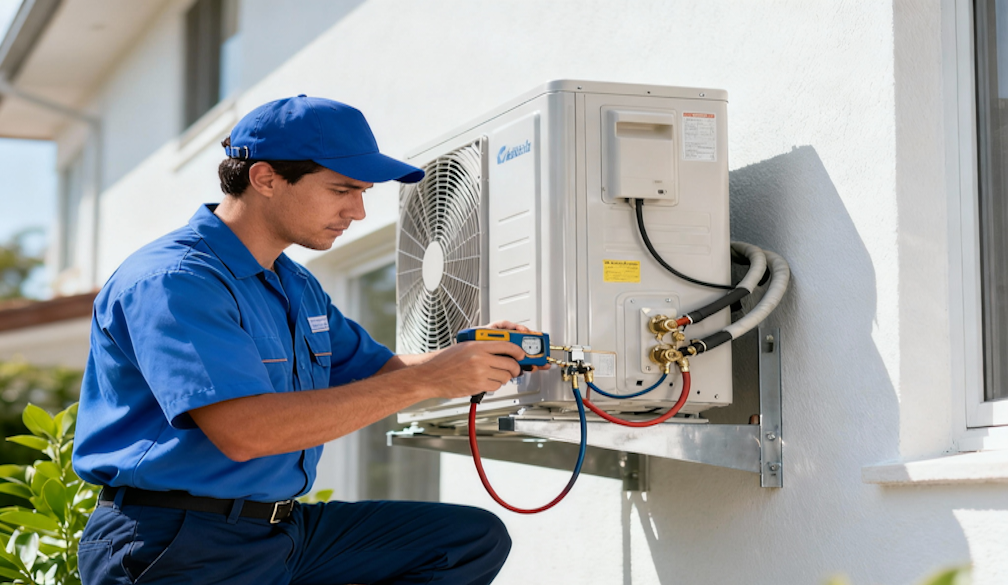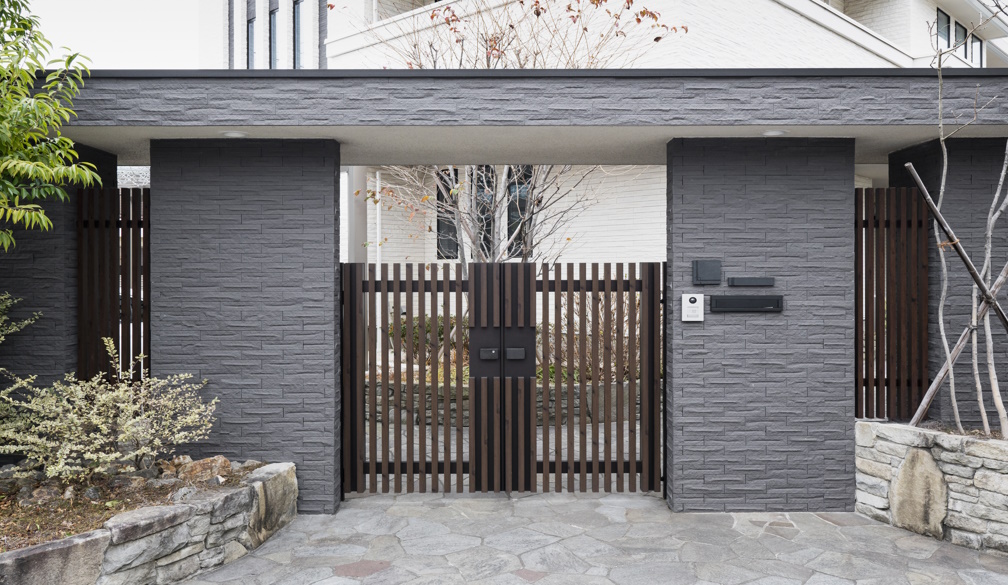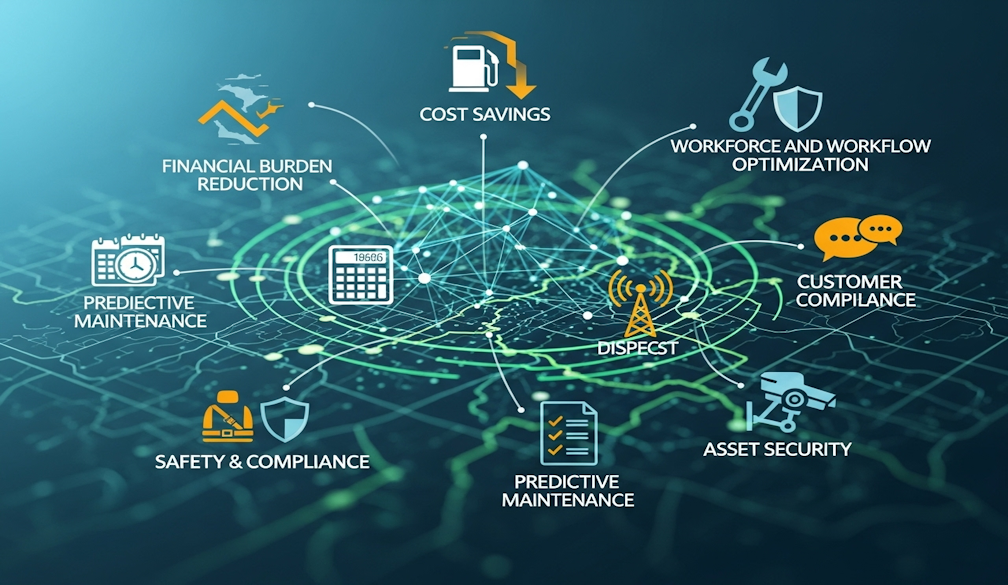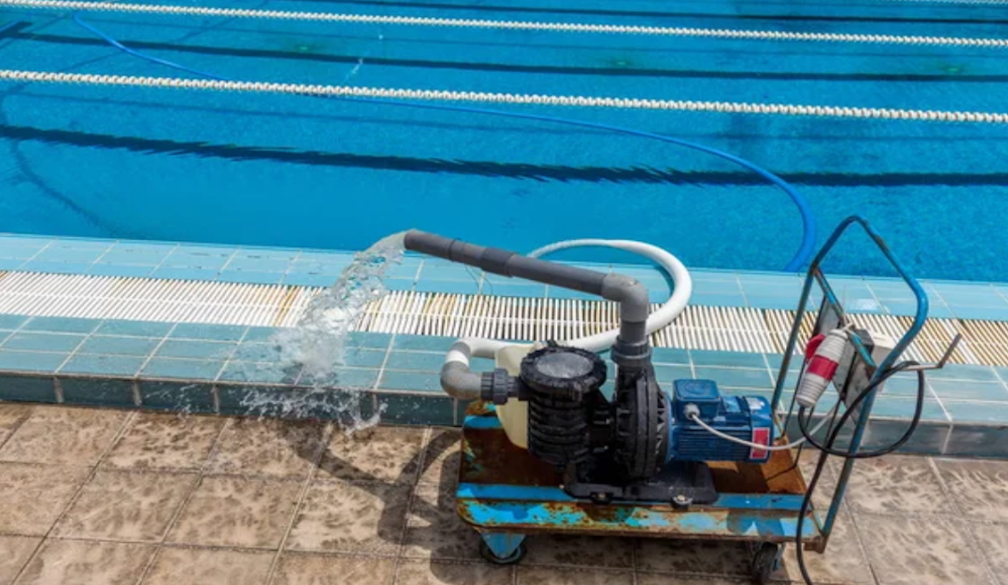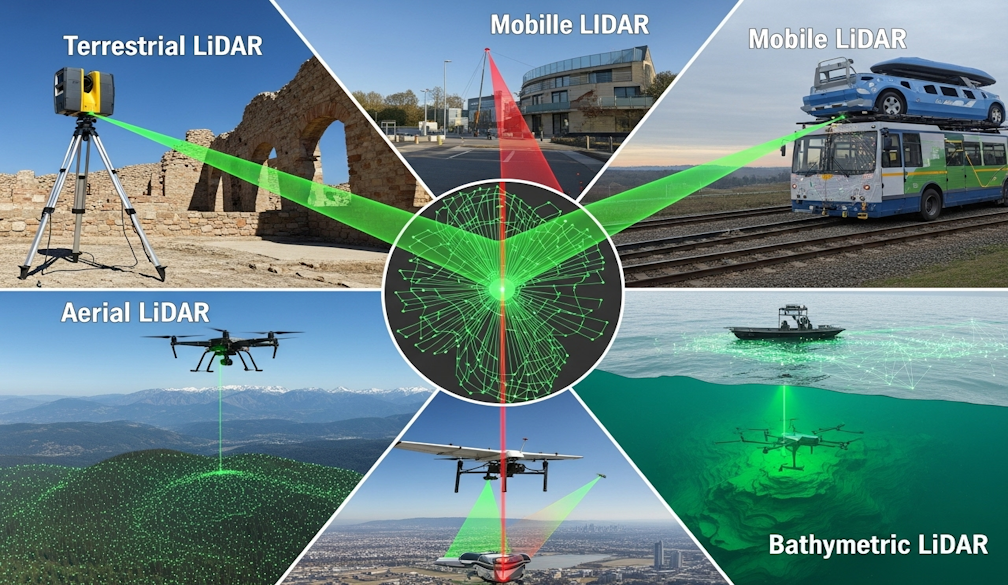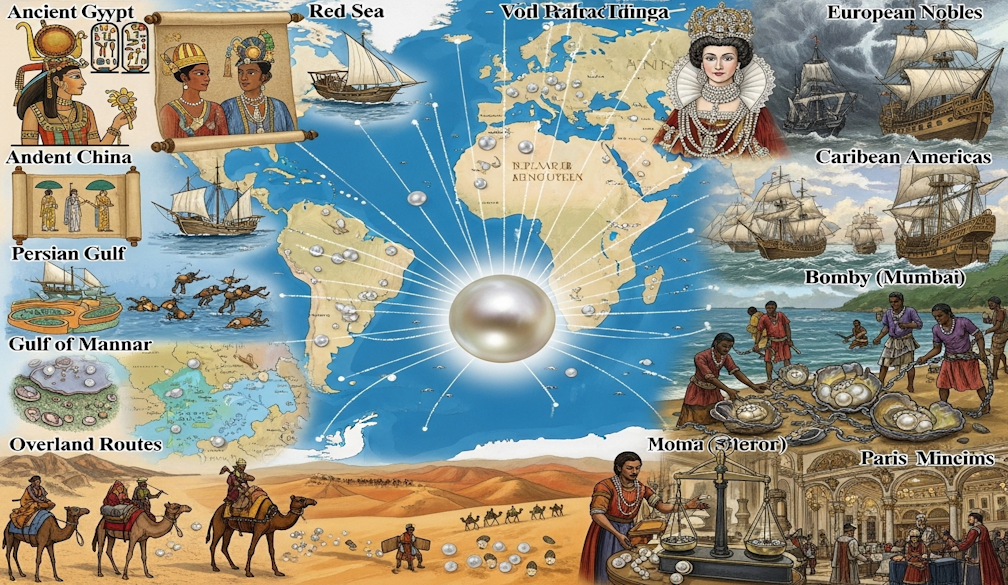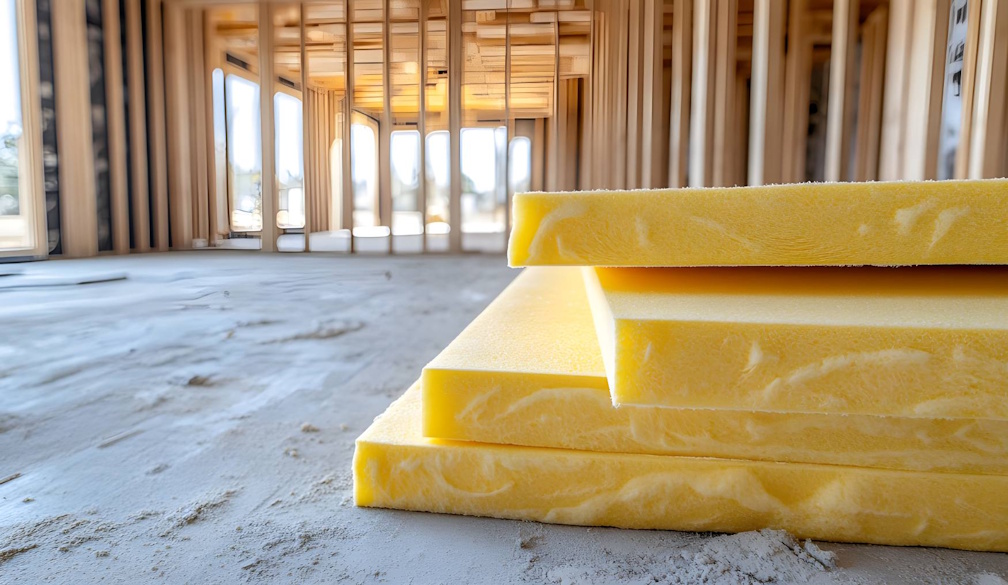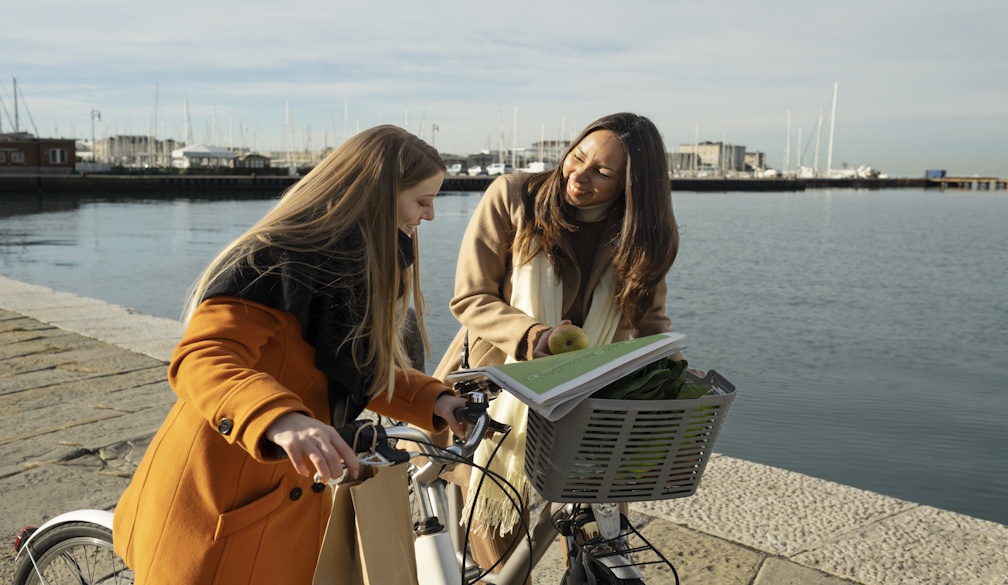Preschool benefits Indigenous children more than other types of early care
- Written by Nicholas Biddle, Professor of Economics and Public Policy, ANU College of Arts and Social Sciences, Australian National University
A large study has, for the first time, shown preschool benefits Indigenous children more than other types of care such as long daycare (childcare) or home-based care.
This is important because while past studies had shown Indigenous children who had attended preschool were more likely to be ready for school, it was unclear whether preschool contributed to better outcomes.
These children might have had better developmental outcomes regardless of their participation in preschool. For example, children who attend preschool are also more likely to live in more advantaged households. This also contributes to better outcomes.
We set out to find whether preschool itself benefited children, and to measure these benefits using real-world data.
Our study of NSW public school children, published in the Journal of Epidemiology and Community Health, shows preschool attendance appears to have developmental benefits for Aboriginal and Torres Strait Islander children, compared with home-based care in the year before school. This is after taking into account differences in children’s socioeconomic and health circumstances.
We classified any type of care that wasn’t preschool or long daycare as home-based care. This can include family daycare and care at home by parents and grandparents.
Although beneficial, Aboriginal children experienced fewer developmental benefits from preschool than non-Aboriginal children in our study. This suggests we need to improve the early childhood education experience of Aboriginal children.
We also found differences in early life circumstances explained much of the developmental gap between Aboriginal and non-Aboriginal children in all types of early childhood education and care.
This highlights the importance of meeting the health and social needs of Aboriginal children and families, alongside early childhood education, to improve early life outcomes for these children.
Why we did our study
One of the seven early Closing the Gap targets was to ensure 95% of Aboriginal and Torres Strait Islander four-year-olds were enrolled in early childhood education by 2025.
In 2018, the Morrison government updated the Closing the Gap framework in partnership with Aboriginal peak organisations. There are now two targets related to early childhood education:
to increase the proportion of Aboriginal and Torres Strait Islander children enrolled in early childhood education the year before full-time schooling to 95% by 2025
to increase the proportion of Aboriginal and Torres Strait Islander children assessed as developmentally on track in all five domains of the Australian Early Development Census (AEDC) to 55% by 2031.
One assumption underlying these targets is that early childhood education will improve developmental outcomes among Indigenous children. We wanted to find out if preschool is achieving this goal, and to what extent.
Read more: Preschool benefits children and the economy. But the budget has left funding uncertain, again
We used developmental data for 7,384 Indigenous and 95,104 non-Indigenous public school children who started school in NSW in either 2009 or 2012. The data were collected as part of the Australian Early Development Census (AEDC). It takes place every three years and is based on teachers’ knowledge and observations of the children in their classes.
Children’s development is scored between zero and ten on each of five key domains of development: physical, social, emotional, language and cognitive, and communication.
Children with scores in the bottom 10%, according to the 2009 AEDC benchmark, are considered developmentally vulnerable. We looked at how many children were developmentally vulnerable on one or more of the five domains.
We combined the developmental data with other population datasets, including birth registrations, midwives and hospital and school enrolment data. This was to understand children’s health, early childhood education and family circumstances.
We looked at whether children had attended a preschool program, a long daycare centre (without a preschool program) or home-based care in the year before full-time schooling.
Our findings
Overall, across the two school starter cohorts, 71% of Indigenous children and 74% of non-Indigenous children attended preschool in the year before full-time school. The majority of Indigenous (64%) and non-Indigenous children (80%) were not developmentally vulnerable on any of the domains assessed.
Among Indigenous children, 33% who had attended preschool and 44% who had attended home-based care were vulnerable on one or more domains. The figures for non-Indigenous children were 17% and 33% of those who attended preschool and home-based care, respectively.
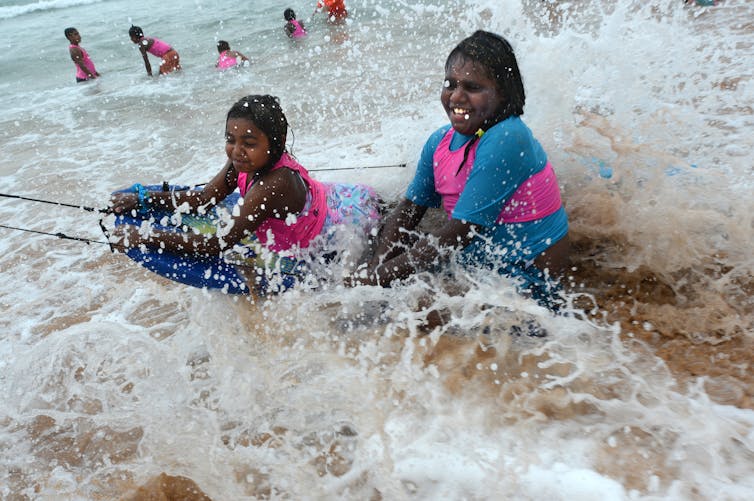 Most Indigenous children are not developmentally vulnerable when they start school. This is good news. (Pictured are children taking part in the Bush to Beach program.)
Jeremy Piper/AAP
Most Indigenous children are not developmentally vulnerable when they start school. This is good news. (Pictured are children taking part in the Bush to Beach program.)
Jeremy Piper/AAP
There were substantial developmental gaps between Indigenous and non-Indigenous children in all types of early childhood education and care. Among children in preschool, Indigenous children were almost twice as likely as non-Indigenous children to be developmentally vulnerable at the age of five.
Our modelling shows a beneficial effect of preschool in both Indigenous and non-Indigenous children — which was larger in non-Indigenous children.
After taking into account the differences in children’s early life circumstances, the risk of developmental vulnerability was six percentage points lower for non-Indigenous children who attended preschool than those in home-based care. It was three percentage points lower for Indigenous children who attended preschool compared with those in home-based care.
Read more: 1 in 5 kids start school with health or emotional difficulties that challenge their learning
Children in home-based care had the highest risk of developmental vulnerability. For non-Indigenous children, there was a lower risk for long daycare compared to home-based care.
However, we found there were no benefits of long daycare without a preschool program for Indigenous children. This highlights the type of early childhood education and care matters.
What does all this mean?
Preschool is an important part of the ongoing strategy to ensure Aboriginal and Torres Strait Islander children start full-time schooling ready to achieve their full potential.
Our findings reinforce the importance of the new Closing the Gap partnership with Aboriginal peak organisations to ensure Aboriginal leaders and communities are integrally involved in using data to understand, and respond to, the needs of their children and families.
This includes strategies to increase participation in preschool. We have shown this has benefits for Aboriginal children. It also highlights the need to invest in quality, culturally appropriate preschool for Indigenous children, as Indigenous children did not seem to benefit as much as non-Indigenous children from preschool.
Read more: Victoria and NSW have funded preschool for 2021. It's shaping up to be a federal election issue
Differences in their early life circumstances explained much of the gap in developmental vulnerability between Indigenous and non-Indigenous children. This suggests investments in early childhood education and care need to be considered alongside health and social services to improve the early life circumstances of Indigenous children.
A final point worth emphasising is that most Indigenous children are not developmentally vulnerable when they enter full-time schooling. This highlights areas of strength that future policies can draw upon.
This research would not be possible without governments facilitating access to, and links of, administrative datasets, and the ongoing contribution of Aboriginal and Torres Strait Islander families to data collection in Australia.
Authors: Nicholas Biddle, Professor of Economics and Public Policy, ANU College of Arts and Social Sciences, Australian National University



